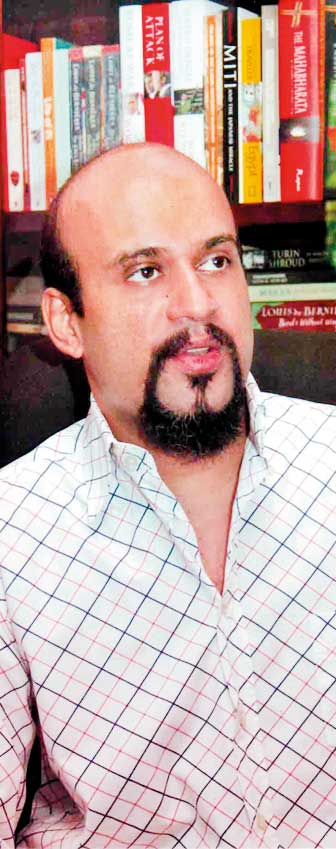30 Mar 2015 - {{hitsCtrl.values.hits}}
.jpg) The 12 archetypes or patterns of behaviour identify the personality makeup and leadership style of chief executive officers (CEOs) and emerging leaders. Most CEOs only display their Warrior but each archetype has its positive and Shadow energies. Michel Nugawela explains how the key to matching personal strengths and competencies to executive roles and challenges is by integrating each of the 12 archetypes and making the ‘unconscious conscious’ – or becoming aware of and transforming the Shadow side.
The 12 archetypes or patterns of behaviour identify the personality makeup and leadership style of chief executive officers (CEOs) and emerging leaders. Most CEOs only display their Warrior but each archetype has its positive and Shadow energies. Michel Nugawela explains how the key to matching personal strengths and competencies to executive roles and challenges is by integrating each of the 12 archetypes and making the ‘unconscious conscious’ – or becoming aware of and transforming the Shadow side. When an archetype is active or dominant in your life, there is a very clear pattern to the way you behave. Once you understand the pattern, you can separate the person – yourself – from the pattern. You understand that the person is not the label – the person is being driven by an unconscious pattern of behaviour that either maximizes their potential or undercuts and limits their life.
When an archetype is active or dominant in your life, there is a very clear pattern to the way you behave. Once you understand the pattern, you can separate the person – yourself – from the pattern. You understand that the person is not the label – the person is being driven by an unconscious pattern of behaviour that either maximizes their potential or undercuts and limits their life.
29 Nov 2024 20 minute ago
29 Nov 2024 41 minute ago
29 Nov 2024 2 hours ago
29 Nov 2024 2 hours ago
29 Nov 2024 3 hours ago